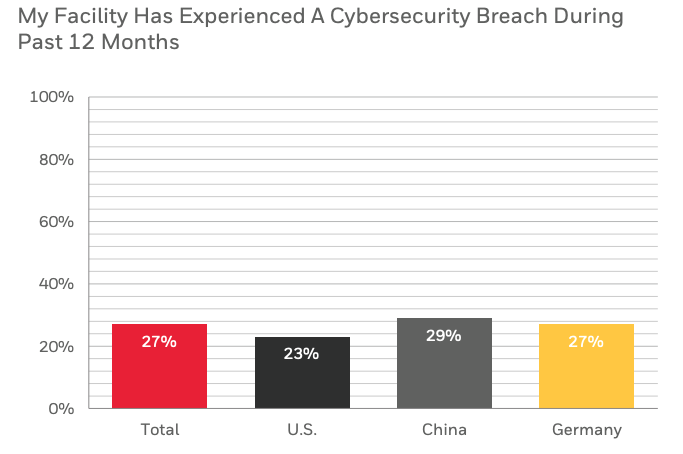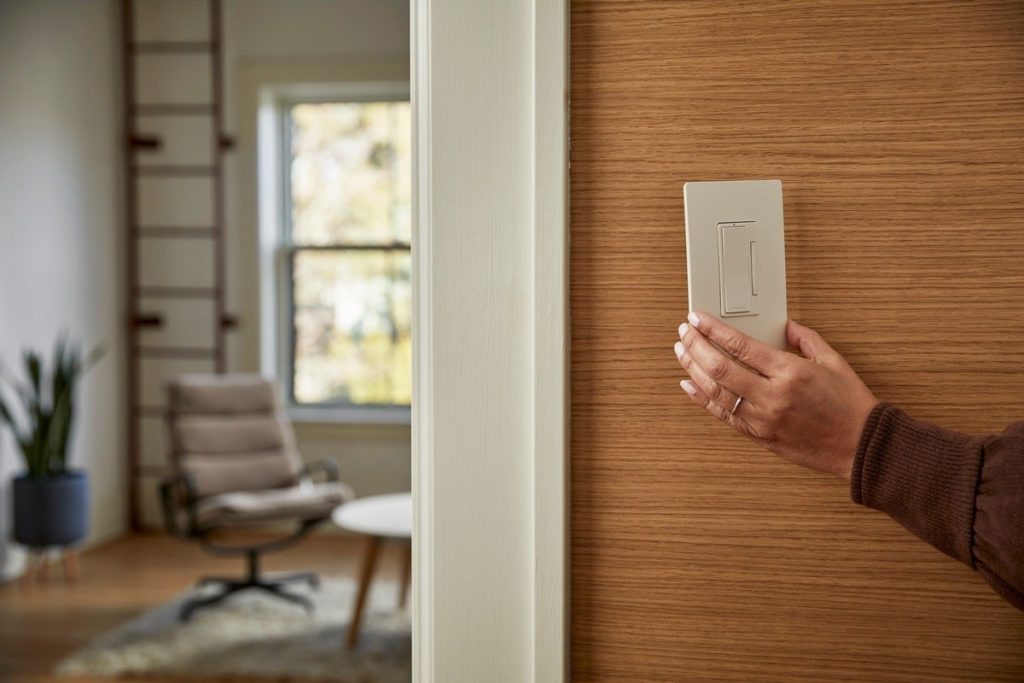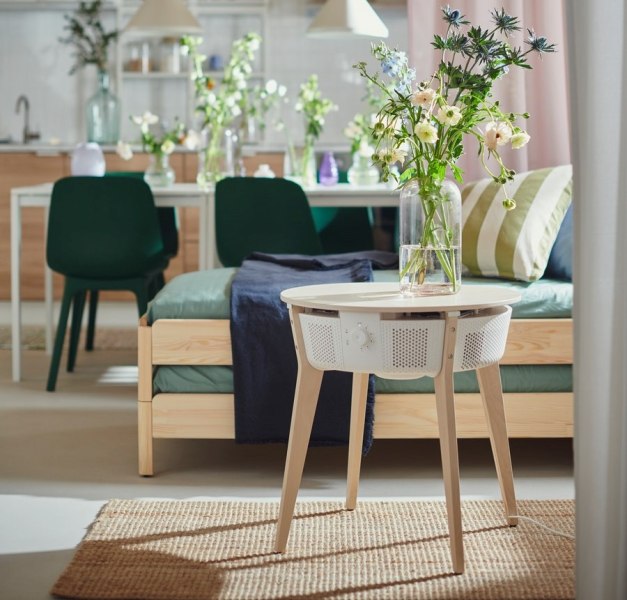This week’s show starts off with old news that I forgot to tell y’all about last week: The Matter interoperability standard for the smart home is delayed until 2022. We talk about what that means and then turn to Google’s confusing fitness wearable strategy and the new Fitbit Charge 5 device. After that, we discuss human-computer interfaces and a new OT security report out from Honeywell. We also share an update on the Qi wireless power standard and I get angry about the Telsa robot marketing stunt designed to stop us from talking about the safety issues associated with the investigation of Tesla’s Autopilot by the National Highway Traffic Safety Administration. I end with a review of the Nest Cam and Nest Doorbell devices that are now each available for $179.99. We close the news segment with a question from a listener about buttons to turn off connected lights.

This week’s guest is Lionel Robert, Associate Professor of Information at the University of Michigan. He published a paper this month discussing how robots should best rebuild trust with humans after making a mistake. The paper is really interesting, and we spend a portion of this segment discussing why we need to trust robots and what is classified as a robot. From there we talk about the personality characteristics that Robert believes will work for different robots based on their form factors, their jobs, and the people they work with. We even talk about the ethics of making robots too trustworthy. It’s a lot of fun.
Hosts: Stacey Higginbotham and Kevin Tofel
Guest: Lionel Robert, Associate Professor of Information at the University of Michigan
Sponsors: Silicon Labs and Infineon
- Google’s wellness and wearables strategy is super messed up
- Kevin thinks your IoT products should offer real-time feedback
- Google’s new Nest cameras are good for Google homes, but there are other options
- Should this robot be an ESTJ or an INTJ?
- What even is a robot, anyway?
The post Episode 335: Robots need a Myers-Briggs type appeared first on IoT Podcast - Internet of Things.



